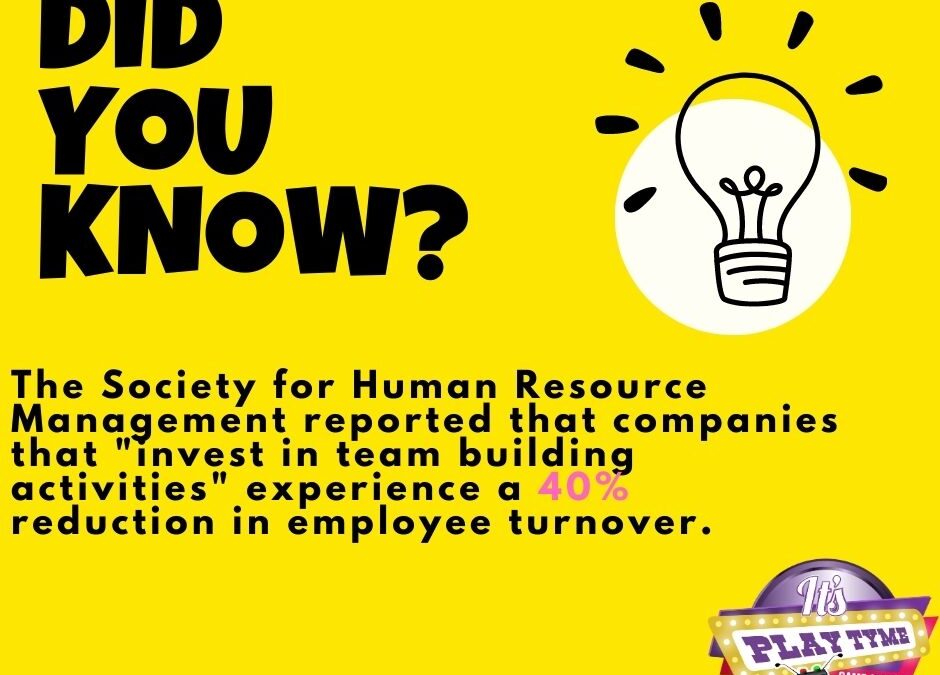Office party entertainment in the state of NJ is easy to find but are not all the same? Are you looking to elevate...


Office party entertainment in the state of NJ is easy to find but are not all the same? Are you looking to elevate...

Movies have the power to inspire, educate, and move us emotionally. When it comes to team building, movies can be a...

Effective team building is crucial for any organization looking to achieve optimal performance and success. Team...
As a Team Building Facilitator and ERG enthusiast, I recognize the importance of promoting diversity, inclusivity, and...
Effective teamwork is essential for achieving business success. However, building a cohesive and high-performing team...
Planning a company retreat can be challenging, especially when it comes to team-building activities. However,...
As a Team Building Facilitator who understands the value of diversity, I know that creating a diverse and inclusive...
As a professional team building facilitator, I know how essential it is to create a positive work environment that...
Welcome to my article about the power of diversity and inclusion books to broaden our understanding and foster a...
Team building is an essential aspect of creating a positive and engaged office culture. By incorporating team building...